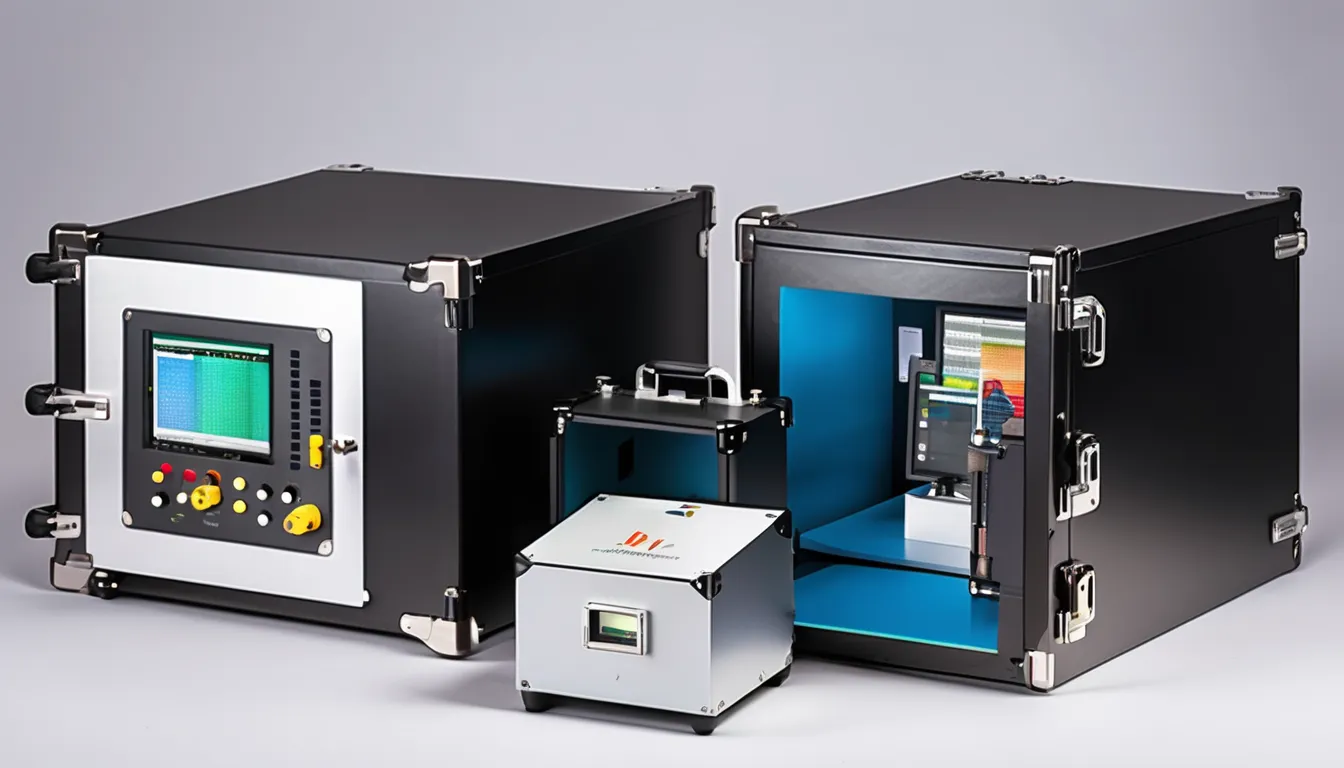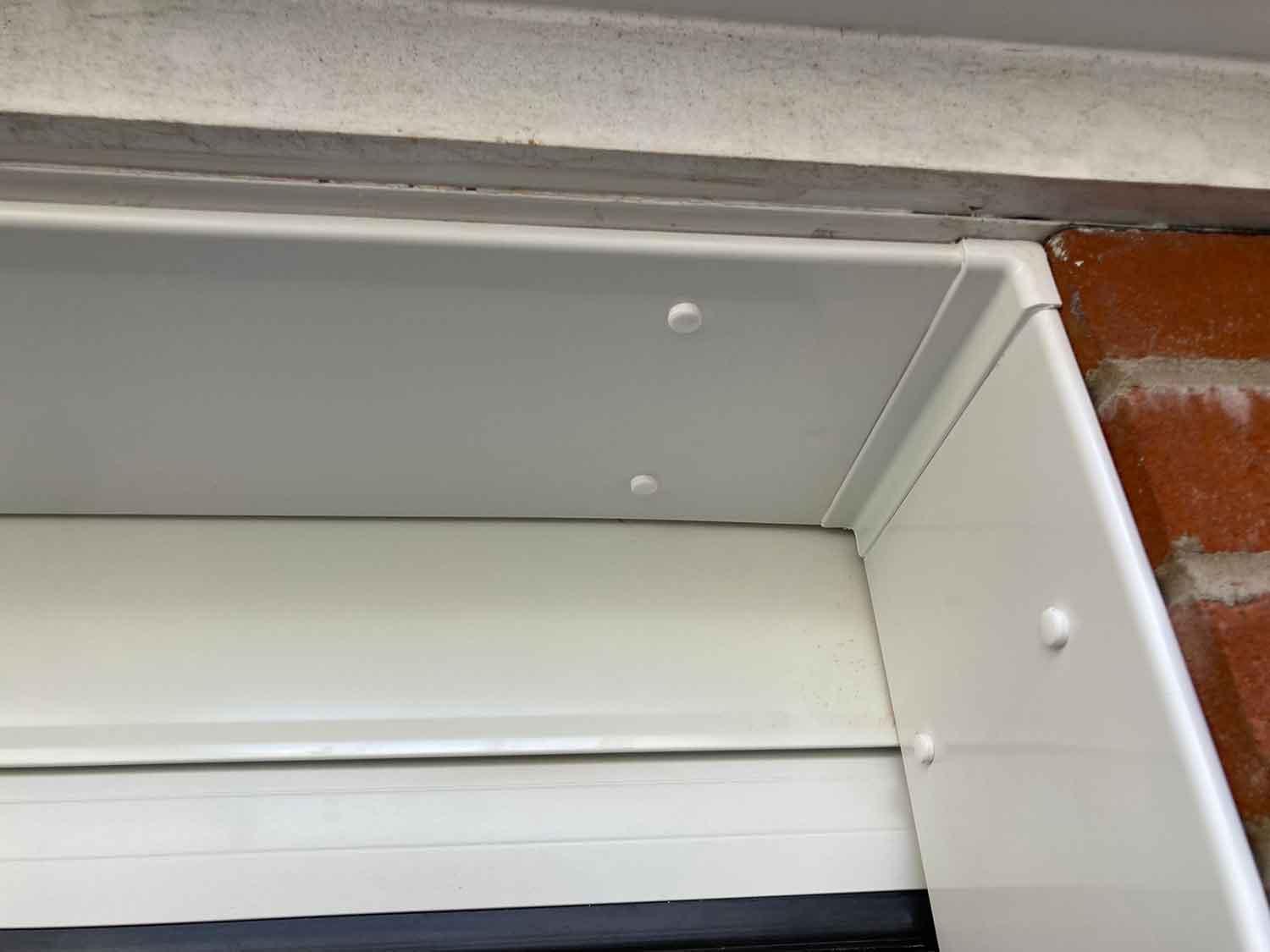When you think about protecting your electronic devices, have you considered the role of electromagnetic radiation? Faraday enclosures, crafted from conductive materials, provide an effective barrier against these invisible threats. By understanding the principles behind how they work, you can appreciate their importance in safeguarding your gear from interference and unauthorized access. But it doesn’t stop there—exploring their various applications reveals even more about their utility in our technology-driven world. What might you uncover about their benefits that could directly affect your setup?
Understanding Electromagnetic Radiation
Electromagnetic radiation is all around you, influencing everything from your smartphone to how you heat your food. It’s a form of energy that travels through space at the speed of light, encompassing a spectrum that includes radio waves, microwaves, infrared, visible light, ultraviolet, X-rays, and gamma rays. Each type has its own unique properties and applications.
You encounter electromagnetic radiation daily, whether you’re using Wi-Fi, listening to the radio, or basking in sunlight. This radiation can be categorized by its wavelength and frequency, which determine how it interacts with matter.
For instance, microwave radiation is perfect for cooking because it excites water molecules, generating heat. On the other hand, X-rays penetrate soft tissues but get absorbed by denser materials like bones, making them invaluable in medical imaging.
Understanding electromagnetic radiation helps you grasp how various devices and technologies operate. It’s crucial to recognize that while some forms can be beneficial, others can pose potential risks. Being aware of your exposure can guide you in making informed choices about the technologies you use and the environments you inhabit.
This knowledge lays the foundation for appreciating the importance of protective measures like Faraday enclosures.
Principles of Faraday Enclosures
A Faraday enclosure acts as a shield against electromagnetic radiation, preventing it from entering or exiting a designated area. This principle relies on the conductive properties of materials used in the enclosure. When you place your electronic gear inside, the enclosure redistributes incoming electromagnetic waves, effectively neutralizing them.
To help you understand the principles behind Faraday enclosures, here’s a quick comparison of key attributes:
| Attribute | Description |
|---|---|
| Conductivity | Materials like copper or aluminum |
| Shielding Effect | Blocks electric fields |
| Size and Shape | Must encase the entire object |
| Grounding | Enhances effectiveness |
These attributes are essential in ensuring that your equipment remains protected from interference. By understanding these principles, you can make informed decisions when designing or selecting a https://ramseytest.com enclosure that meets your specific needs. Whether you’re shielding sensitive electronics or ensuring privacy, knowing how these principles work will empower you to safeguard your gear effectively.
How Faraday Enclosures Work
Understanding how Faraday enclosures work involves recognizing the interaction between electromagnetic waves and conductive materials. When you place a conductive barrier, like metal, around an area, it creates a shield that disrupts incoming electromagnetic waves. These waves induce electric charges within the conductive material, leading to a redistribution of charges. As a result, the electric field inside the enclosure cancels out, preventing external electromagnetic radiation from penetrating.
If you’ve ever used a microwave, you’ve experienced a similar principle. The metal walls reflect the microwaves, keeping them contained. In a Faraday enclosure, this reflection is key. The conductive material forms a cage-like structure, which can be designed in various shapes and sizes, depending on your needs.
The effectiveness of your enclosure partially depends on the material’s conductivity and the frequency of the electromagnetic waves you’re trying to block. Higher frequencies may require denser materials or tighter mesh designs.
Essentially, when you create a Faraday enclosure, you’re giving yourself a space free from unwanted electromagnetic interference, ensuring your sensitive equipment stays protected and functional. This is crucial for maintaining the integrity of electronic devices in a world filled with electromagnetic noise.
Applications of Faraday Enclosures
Numerous applications exist for Faraday enclosures, showcasing their importance in various fields. In the realm of electronics, you’ll find these enclosures protecting sensitive equipment from electromagnetic interference (EMI). If you’re working with precision instruments or communication devices, placing them inside a Faraday enclosure ensures they operate without disruption from external signals.
In the medical field, Faraday enclosures help shield critical devices, like MRI machines, from unwanted radio frequencies. This protection is essential for maintaining the accuracy of your medical imaging.
You might also encounter these enclosures in laboratories where scientists conduct sensitive experiments that require a controlled electromagnetic environment.
Faraday enclosures are also beneficial in data security. If you’re concerned about unauthorized access to your devices, using a Faraday bag or box can prevent unwanted signals from entering or leaving, effectively protecting your data from potential breaches.
Additionally, in the automotive industry, engineers use Faraday enclosures to test vehicles’ electronic systems, ensuring they can withstand various electromagnetic influences.
Benefits of Using Faraday Enclosures
One significant benefit of using Faraday enclosures is their ability to effectively block electromagnetic fields, ensuring your sensitive equipment remains protected from interference.
Whether you’re dealing with smartphones, laptops, or other electronic devices, these enclosures create a shield that prevents harmful signals from disrupting your gear’s performance.
Another advantage is their versatility. You can use Faraday enclosures in various settings, from home to professional environments, offering you peace of mind regardless of where you are.
This adaptability makes them valuable not just for tech enthusiasts but for anyone who relies on electronic devices.
Additionally, Faraday enclosures can help secure your data against unauthorized access and hacking attempts. By blocking signals, they minimize the risk of remote breaches, safeguarding your personal and sensitive information.
Moreover, these enclosures are generally easy to set up and use. You won’t need specialized skills or equipment to create a protective space for your electronics.
Just place your devices inside, and you’re good to go.
Conclusion
In a world filled with electromagnetic radiation, Faraday enclosures are your best defense for protecting sensitive gear. By understanding their principles and how they work, you can effectively shield your electronics from interference and unauthorized access. Whether you’re in a lab or securing data, these enclosures offer peace of mind. So, if you want to keep your equipment safe and functioning optimally, consider investing in a Faraday enclosure—it’s a smart move in today’s tech-driven environment.






